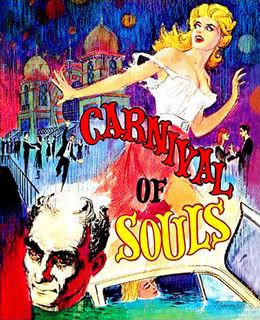
Small town girl Mary Henry is the only survivor of a group of girls whose car lost control on a bridge and plummeted into a deep river. A church organist who seeks employment in nearby Salt Lake City, Mary begins to have visions of a man in black. He’s outside her car window while she’s driving down the road, peeking in windows that would require a ladder, or surprising her on the street.
Mary has trouble concentrating on her new job. She sometimes feels disconnected—as if people cannot see or hear her. She’s drawn to an old deserted pavilion at the outskirts of town, but does not know why. Meanwhile, back home the local authorities are dragging the river for the waterlogged auto. What they find and what Mary must face, is nothing less than mortality itself.
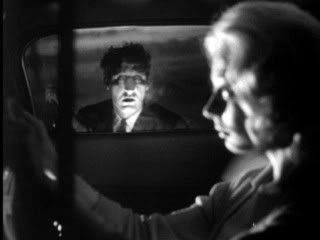
The origins of this film are well known. Herk Harvey was a director of educational shorts who discovered Saltair, an old amusement park in disrepair while driving through Utah. Harvey was impressed by the ruined structure and thought it would make a great setting for a film. Working with writer John Clifford and cameraman Maurice Prather, the concept of Carnival of Souls began to emerge.
Clifford’s script borrows from a radio play known as The Hitchhiker (written by Lucille Fletcher, wife of Bernard Hermann). Although the stories are similar in concept, COS is more complex and deals with more characters. It also deals with spiritual dimensions in Mary’s problems with being unable to be seen or heard, and slipping back and forth between the world of the living and the dead. Mary is also not a character that we embrace. She is cold, unwilling to make friends, pursue love interests, or even become a part of the church community where she plays the organ.
While the storyline is unique, the acting abilities of the characters threaten to send the whole film into parody. Due to the limited budget, Harvey cast many non-actors, and played The Man in Black himself. Candace Hillgoss (Mary) is uneven, ranging from brilliant to poor. This was her screen debut and although her delivery and posturing are sometimes a bit awkward and painful, you can see her maturing in the film. Francis Feist (the landlady) was the only other professional.
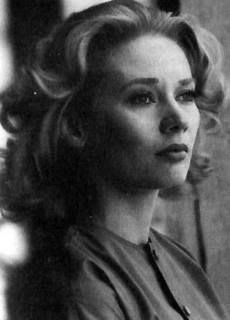
What elevates Carnival above every other cheap film is the superb camerawork of Prather. His use of the mobile Arriflex camera allowed great flexibility on such a tight budget. Because it was battery powered, they were able to shoot inside cars instead of using back projection and create wonderful angled views that would have called for a more complex setup and equipment.
His way of shooting Mary’s face varies in what he wants us to perceive of her character. Hilgoss had a very unusual face with high cheekbones, big almond shaped, eyes and an upturned nose. Prather plays her face with angles making her look beautiful, awkward, or ugly depending on the scene. This adds so much to the performance that we many times just think it’s Hilgosses acting, when in fact it’s Prather’s framing that creates a context from which her performance becomes believable. His camera movements (even the zooms) are very graceful and one never feels that they are looking at a budget film here.
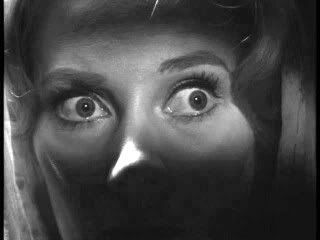
The use of sound is also ingenious in it’s minimalism. Because Mary is an organist, the choice of scoring focused solely her instrument (except for a tiny segment where she listens to the radio and when she is at the club). This achieved a couple of things: It kept costs down which was important, but it also identifies with Mary’s character as she is in every scene. When she is on the threshold between life and death and people cannot hear her—we hear no outside sounds (only her footsteps) because she does not exist. Finally, the organ is a instrument that is used for many moods and styles of music. It was actually a staple of carnivals and circuses, but also is used in religious music (like Mary’s job) which spans everything from celestial praise to a funeral dirge. All these ideas play out literally from the keys as we watch the film.
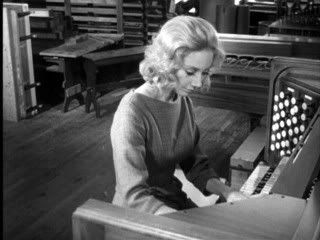
Classic film viewers will note that the spirit dance in the dilapidated ballroom pays homage to another famous film, The Devil and Daniel Webster (1941). Both films deal with death and the concept of the hereafter, but Mary is unlike Jabez in the fact that she has nothing to hold her to this earth. Jabez has a wife and family. He also has friends. Mary never cultivated any of these relationships because she did not think them important. Now with oblivion looming she has an overwhelming desire to be a part of a world she held herself at arms length from. With death enveloping her body, her spirit still fights to live, returning to the world she once knew. Neither character wants to dance with Belle or The Man in Black, but Jabez is still human while Mary has passed the point of no return.
Carnival of Souls never made any money for it’s investors (it’s distribution company went out of business), but it’s influence has been felt though film history. George Romero claimed Harvey’s Man in Black inspired the zombies in Night of the Living Dead (1968), David Lynch, John Carpenter, and others have also acknowledged their debt to this amazing little film. What they did not pick up on was Carnival’s subtlety, which has more in common with the psychological films of Val Lewton than modern slasher films.
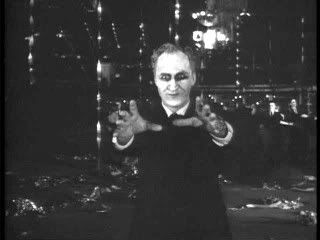
Carnival of Souls still works today because it’s theme is timeless. Zombies, monsters, and serial killers are just a variation of antagonists, which—although powerful--always offer the possibility of escape or defeat. Death never gives us that option. Mary’s inability to escape, shows us the futility of life and the horror comes from knowing that each of us must one day join her in a dance with death.
